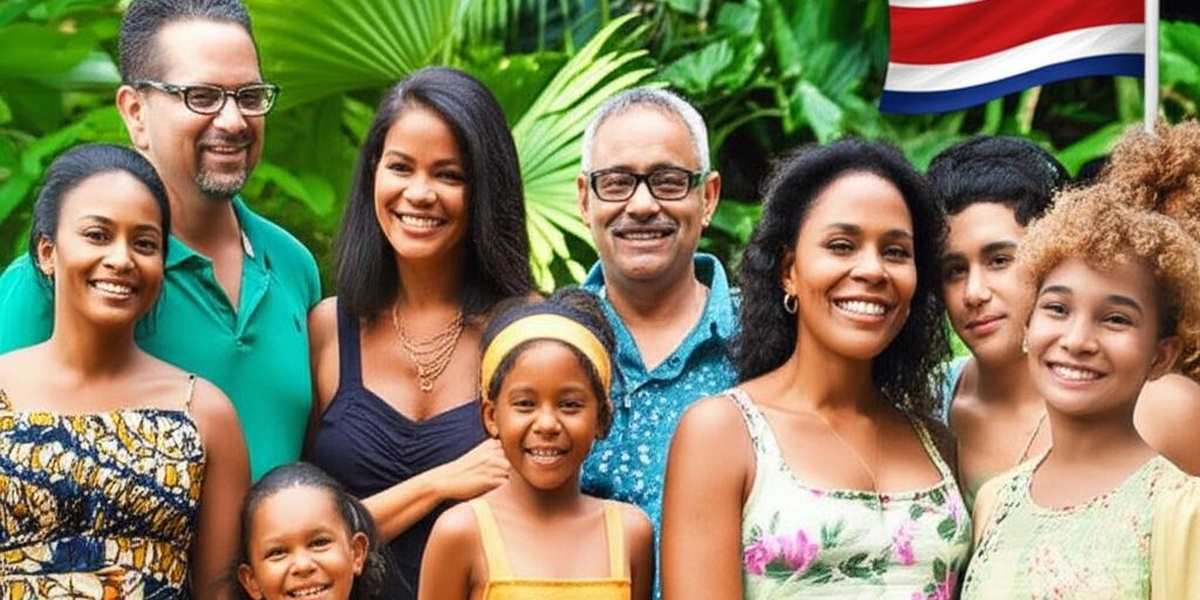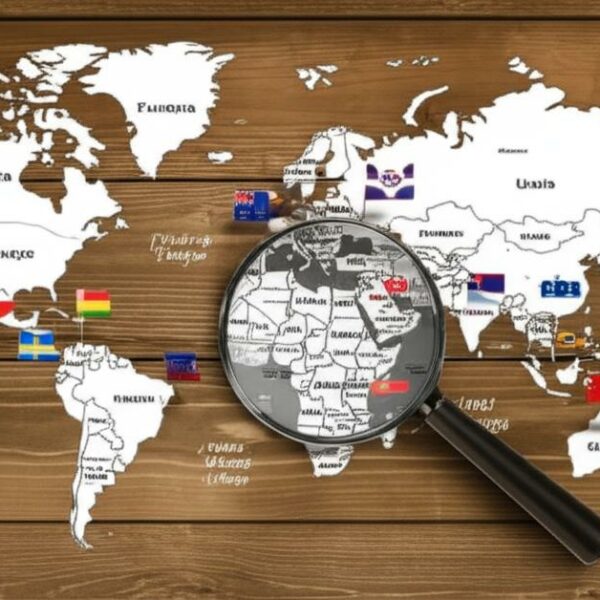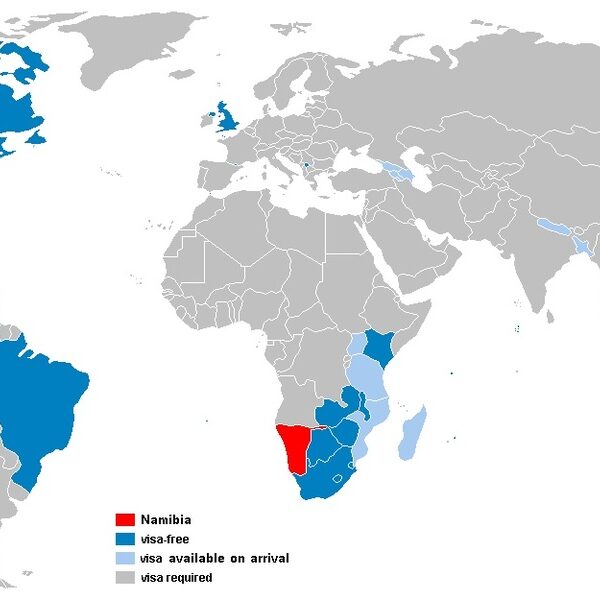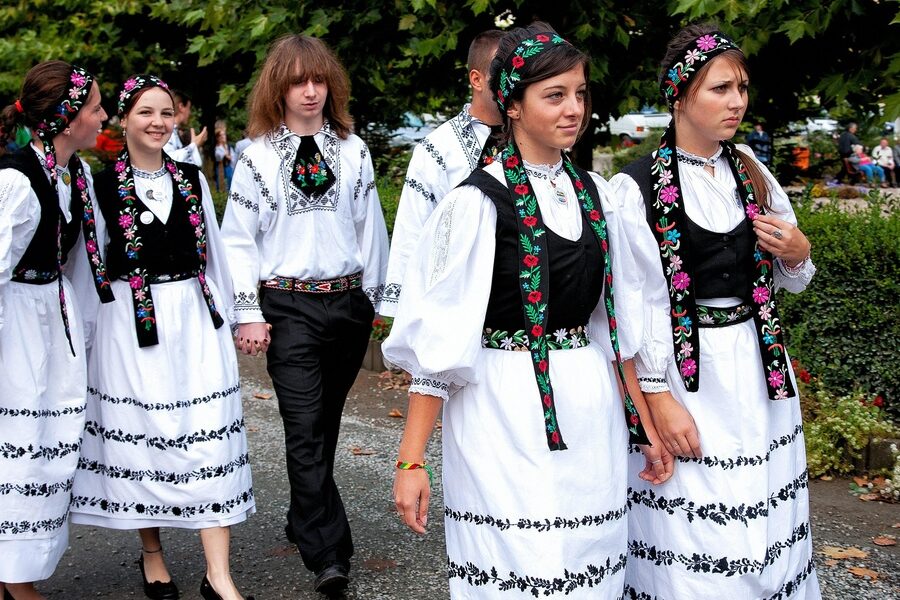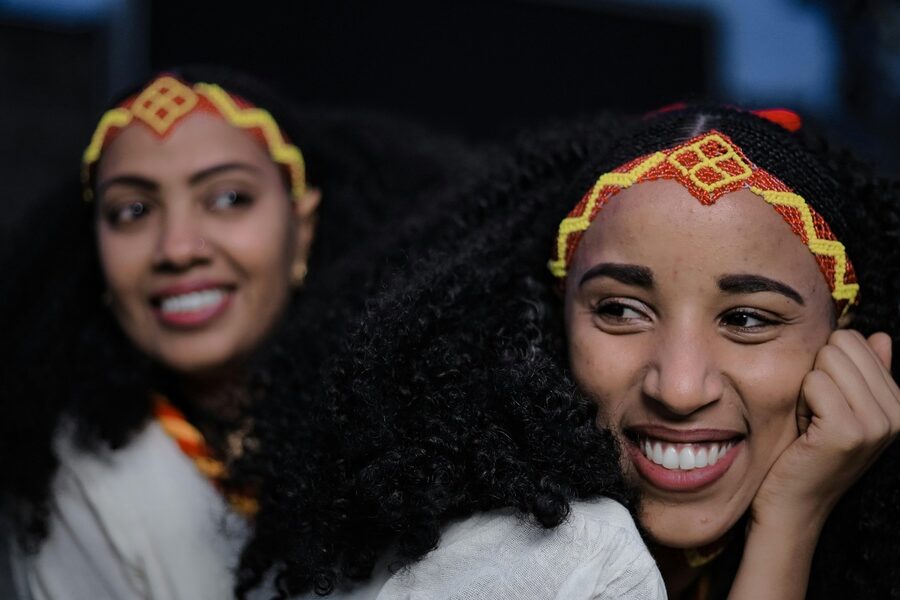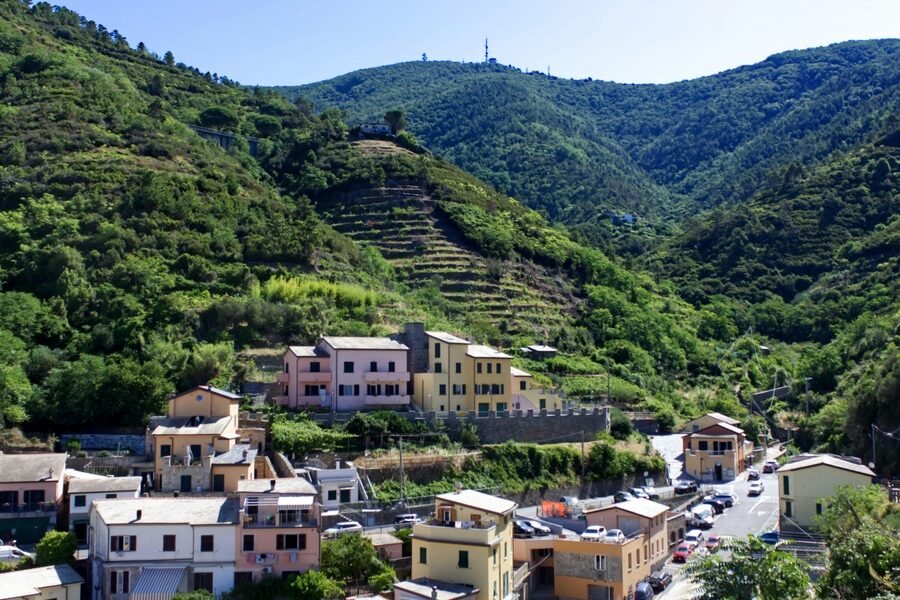Costa Rica’s landscapes—from Pacific beaches to highland cloud forests—mirror its human diversity. Regional histories, migration and indigenous heritage create a patchwork of communities whose presence shapes local languages, food and festivals across provinces and coastal enclaves.
There are 18 Costa Rica Ethnic Groups, ranging from Afro‑Caribbean (Afro‑Antillean) to White / European descent. For each group, data are organized as Population (people),Share % (year),Main regions (max 15 words); you’ll find those details below.
How were the 18 groups identified and categorized?
The grouping typically follows a mix of national census categories, historical records and self‑identification used by researchers; small communities and mixed‑heritage identities may be aggregated differently depending on the source, so categories reflect a balance of official definitions and demographic studies.
Are the population counts and percentage shares reliable?
Most figures come from recent censuses or official estimates, but methods and year references vary—check the “Share % (year)” column for context; for precise research, consult the originating census or statistical office cited with the list below.
Costa Rica Ethnic Groups
| Name | Population (people) | Share % (year) | Main regions (max 15 words) |
|---|---|---|---|
| Mestizo | 2,968,181 | 69.0% (2011) | Nationwide, urban centers, Central Valley |
| White / European descent | 430,171 | 10.0% (2011) | Central Valley, San José, Alajuela, Heredia |
| Afro‑Caribbean (Afro‑Antillean) | 116,146 | 2.7% (2011) | Limón province, Caribbean coast, San José |
| Indigenous (total) | 103,241 | 2.4% (2011) | Atlantic and Pacific coasts, Central highlands, Nicoya peninsula |
| Bribri | 25,811 | 0.6% (2011) | Southern Caribbean coast, Talamanca region |
| Cabécar | 21,509 | 0.5% (2011) | Talamanca highlands, Limón province |
| Ngäbe (Guaymí) | 8,603 | 0.2% (2011) | Southern Pacific, border regions |
| Boruca (Brunca) | 1,720 | 0.04% (2011) | Southern Pacific, Puntarenas province |
| Maleku | 1,290 | 0.03% (2011) | Northern lowlands, San Carlos region |
| Chorotega | 6,452 | 0.15% (2011) | Guanacaste, Nicoya peninsula |
| Huetar | 4,302 | 0.10% (2011) | Central and northern highlands |
| Térraba (Teribe) | 2,151 | 0.05% (2011) | Southern Pacific, Puntarenas province |
| Chinese (Chinese diaspora) | 30,000 | 0.7% (2011 est.) | San José, Limón, Puntarenas ports |
| Lebanese / Palestinian (Arab diaspora) | 20,000 | 0.5% (2011 est.) | San José, commerce districts |
| Japanese | 5,000 | 0.1% (2011 est.) | San José, agricultural areas |
| Korean | 4,000 | 0.1% (2011 est.) | San José, business neighborhoods |
| Jewish | 2,500 | 0.06% (2011 est.) | San José, community centers |
| Garifuna | 1,000 | 0.02% (2011 est.) | Southern Caribbean coast, Limón |
Images and Descriptions

Mestizo
The largest cultural group in Costa Rica, mestizos are mixed Indigenous and European descendants who speak Spanish and shape mainstream national culture, food, and politics; regional customs and migration histories vary across provinces.

White / European descent
People of predominantly European origin (Spanish, German, Italian, English) with longstanding roots since colonial and later migrations; many speak Spanish, maintain European cultural ties, and are prominent in business, academia, and urban life.
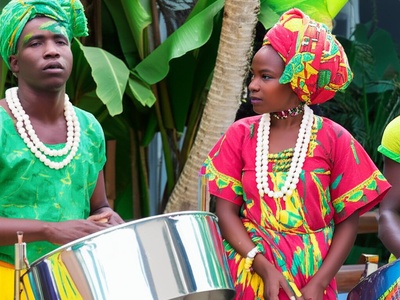
Afro‑Caribbean (Afro‑Antillean)
Descendants of 19th‑century Jamaican and Antillean workers on banana and railroad projects; English‑Creole and Spanish bilingualism, rich musical and culinary traditions, and ongoing conversations about land rights and cultural recognition.
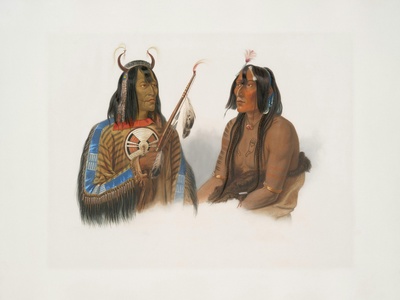
Indigenous (total)
Diverse Indigenous peoples with distinct languages, territories, and political organizations; communities face land, language and development challenges while preserving traditional agriculture, crafts, and spiritual practices.
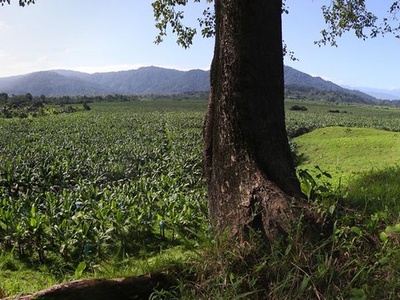
Bribri
An important Southern Caribbean Indigenous nation speaking Bribri (Kékchi family), with traditional agriculture, matrilineal elements, and strong cultural autonomy movements centered in Talamanca reserves.
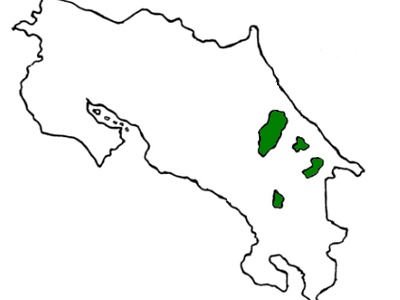
Cabécar
One of Costa Rica’s largest Indigenous groups, Cabécar communities live in mountainous forested areas, maintain their own language and traditional subsistence farming, and work to protect territory and cultural knowledge.
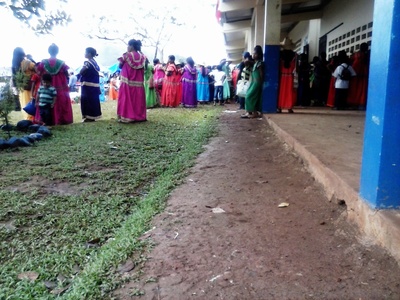
Ngäbe (Guaymí)
Part of the Ngäbe‑Buglé peoples linked to Panama; they maintain distinct language and rural traditions, with communities engaged in agriculture and cross‑border cultural ties.
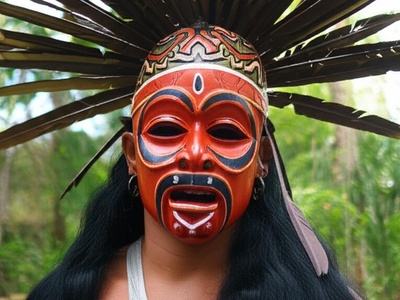
Boruca (Brunca)
Known for the famous carved masks and annual “Fiesta de los Diablitos,” Boruca (Brunca) communities preserve distinctive art, storytelling and political organization in southern Costa Rica.
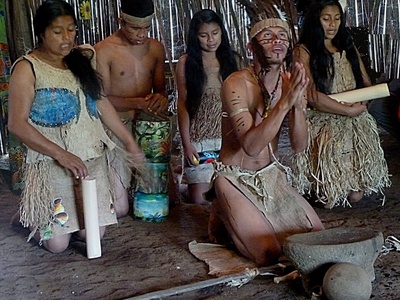
Maleku
Small Indigenous group with its own language and cultural revival efforts; traditional crafts, forest knowledge and community tourism are central to Maleku identity and livelihoods.
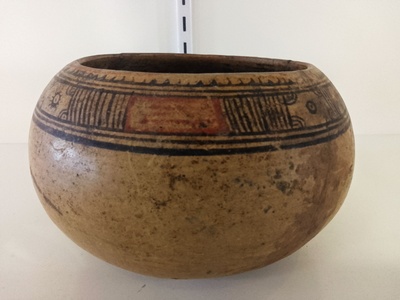
Chorotega
Indigenous people of the northwestern Nicoya region with pre‑Columbian roots; known historically for pottery and agroecological traditions, now active in cultural preservation and local tourism.
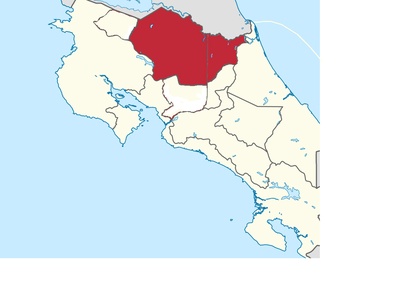
Huetar
Historic Indigenous group of central Costa Rica; although many Huetar communities were mestized during colonization, cultural heritage remains in place names, archaeology and some revitalization projects.
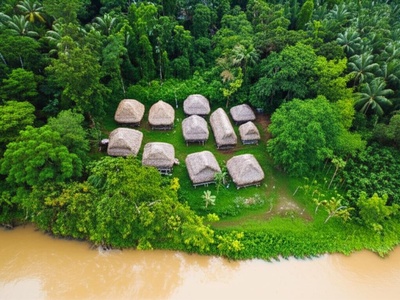
Térraba (Teribe)
Small Indigenous community (also called Teribe/Térraba) with its own language variant and strong local ties to riverine territories, agro‑ecology, and cultural resistance to land pressures.
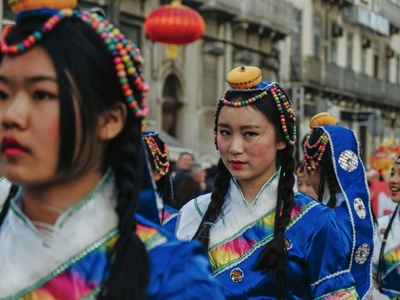
Chinese (Chinese diaspora)
Longstanding Chinese immigrant community dating to 19th and 20th centuries; active in commerce, cuisine, and business networks, speaking Spanish and varieties of Chinese while maintaining cultural associations.
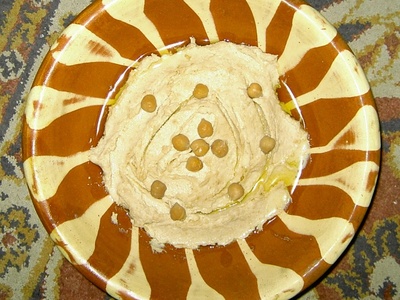
Lebanese / Palestinian (Arab diaspora)
Families of Levantine origin arrived since late 19th century and have become influential in trade and commerce; Arabic heritage blends with Catholic and secular Costa Rican life.

Japanese
Small but established Japanese community with ties to agricultural, business, and cultural exchange; maintain associations, festivals and cultural education while integrating into Costa Rican society.
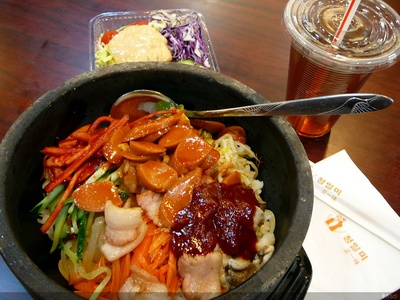
Korean
Relatively recent community involved in trade, services and small business; community centers and restaurants are focal points for cultural exchange and Korean language learning.
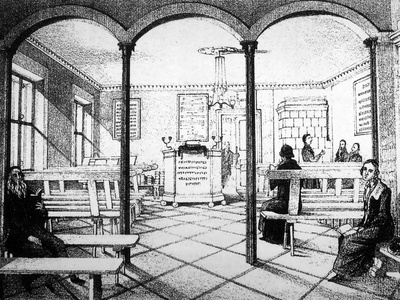
Jewish
Small Jewish community (Sephardic and Ashkenazi traditions) with synagogues, cultural institutions and civic involvement; members are integrated into professional, cultural and charitable life.
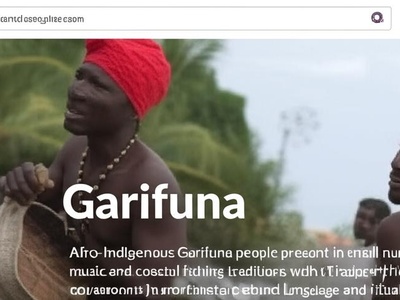
Garifuna
Afro‑Indigenous Garifuna people present in small numbers, sharing music, dance and coastal fishing traditions with larger Afro‑Caribbean culture while maintaining distinct language and rituals.

